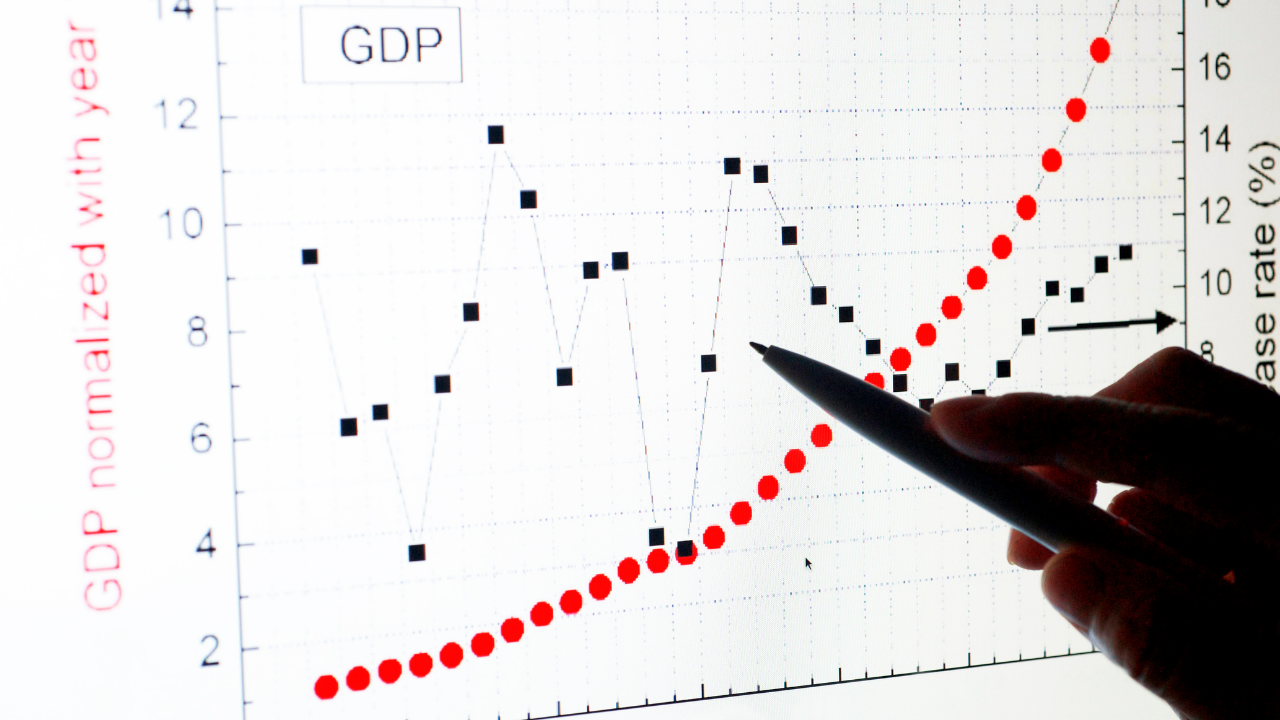MANILA, Philippines—Amid lingering external risks, economic think tanks expect the Philippines to log a gross domestic product (GDP) growth below the government’s downscaled goal.
In a May 24 report, Barcelona-based FocusEconomics said its panel of economists’ latest consensus 2022 GDP growth forecast for the Philippines rose to 6.7 percent, from 6.5 percent previously. While a higher projection, it remained below the Development Budget Coordination Committee’s (DBCC) adjusted 7 to 8 percent growth target.
President Rodrigo Duterte’s economic team last Tuesday (May 24) tempered growth expectations for this year, from the more ambitious 7 to 9 percent range earlier, on the back of the prolonged Russian invasion of Ukraine which spills over locally through elevated food and oil prices, expected aggressive interest rate hikes in the US, as well as a slowing Chinese economy. But Socioeconomic Planning Secretary Karl Kendrick Chua had said domestic demand was expected to be robust as the economy further reopened from strict pandemic restrictions imposed in the past.
“GDP growth will be higher this year than last, reaching the joint-highest pace in Asean. Support will come from reduced COVID-19 restrictions, expansionary fiscal and monetary stances, and the government’s ‘Build, Build, Build’ infrastructure program,” FocusEconomics said. Last year’s GDP grew by a faster-than-expected 5.7 percent following the worst annual recession post-war in 2020 amid the longest and most stringent lockdown in the region at the onset of the COVID-19 crisis.
Following the strong 8.3-percent year-on-year GDP expansion during the first quarter of 2022, FocusEconomics said that second-quarter growth will “likely stay at one of the fastest rates in the region.”
“Private spending will continue to be aided by loosened COVID-19 restrictions. Additionally, the manufacturing PMI [purchasing managers’ index] rose at the fastest rate in nearly five years in April,” FocusEconomics said.
However, “rising inflation will be capping consumer demand and the pre-election spending ban will have dampened public expenditure,” the think tank said. The Bangko Sentral ng Pilipinas (BSP) last week jacked up its estimated 2022 headline inflation to an average of 4.6 percent from 4.3 percent previously, further above the 2 to 4 percent target band of manageable year-on-year price hikes.
As Ferdinand Marcos Jr. won the 2022 presidential elections, FocusEconomics said that “with his allies gaining control of Congress, the new president should face few political obstacles to executing his currently unclear policy agenda.”
The think tank nonetheless deemed that “large policy shifts appear unlikely” under a Marcos Jr. administration, mostly expecting continuity of outgoing Duterte’s reforms.
But FocusEconomics added that fiscal and external imbalances, as well as fiscal decentralization reforms may be deterrents to economic growth this year.
In a May 25 report, the Washington-based Institute of International Finance (IIF) projected the Philippines’ GDP growth for 2022 at 6.1 percent, also below the government goal. At the start of this year, the IIF had a more bullish forecast of 6.6-percent Philippine economic expansion.
The IIF said that emerging Asia, including the Philippines, was “more insulated from the spillovers of Russia’s war on Ukraine and, despite downwards revisions, we still expect relatively resilient growth in the region.”
“Spillovers from China will weigh on the region, as the Asean-5 and South Korea have been reliant on strong exports in recent years. However, we are hopeful that, as countries continue to improve control over the pandemic and phase out remaining mobility restrictions, the contribution of services to growth will increase,” the IIF said. Besides the Philippines, Asean-5 included Indonesia, Malaysia, Thailand, and Vietnam.
The IIF said it sees “a substantial deterioration” in the current accounts — or net stash of dollars — of the Philippines, South Korea, Thailand, as well as Vietnam. In the case of the Philippines, the IIF noted that it was a net importer not only of expensive oil but also of currently costly food.
“However, Asian countries are somewhat less exposed to the food price shock stemming from the Ukraine war due to more rice-focused diets, as rice prices have remained relatively subdued in recent years and appear overall less affected by global food price inflation,” the IIF said.
In a May 26 report, Pantheon Macroeconomics was less upbeat about the Philippines’ second-quarter growth prospects. The UK-based think tank’s chief emerging Asia economist Miguel Chanco said that there was “no sign that the strength in consumption is sustainable,” referring to the strong private household spending at the start of 2022.
Due to the “punchy” first-quarter performance, Pantheon Macroeconomics had upgraded its 2022 growth forecast for the Philippines to 5.6 percent from 4.5 percent previously, although still slower than last year’s GDP expansion.
Moving forward, Chanco pointed to output drags coming from slower public spending during political transitions like the May 9 presidential elections, as well as bottoming-out investment plans. But he was more optimistic that high oil-related inflation already peaked and would ease in the second half of 2022. Pantheon Macroeconomics had projected headline inflation to average 4.3 percent this year.
